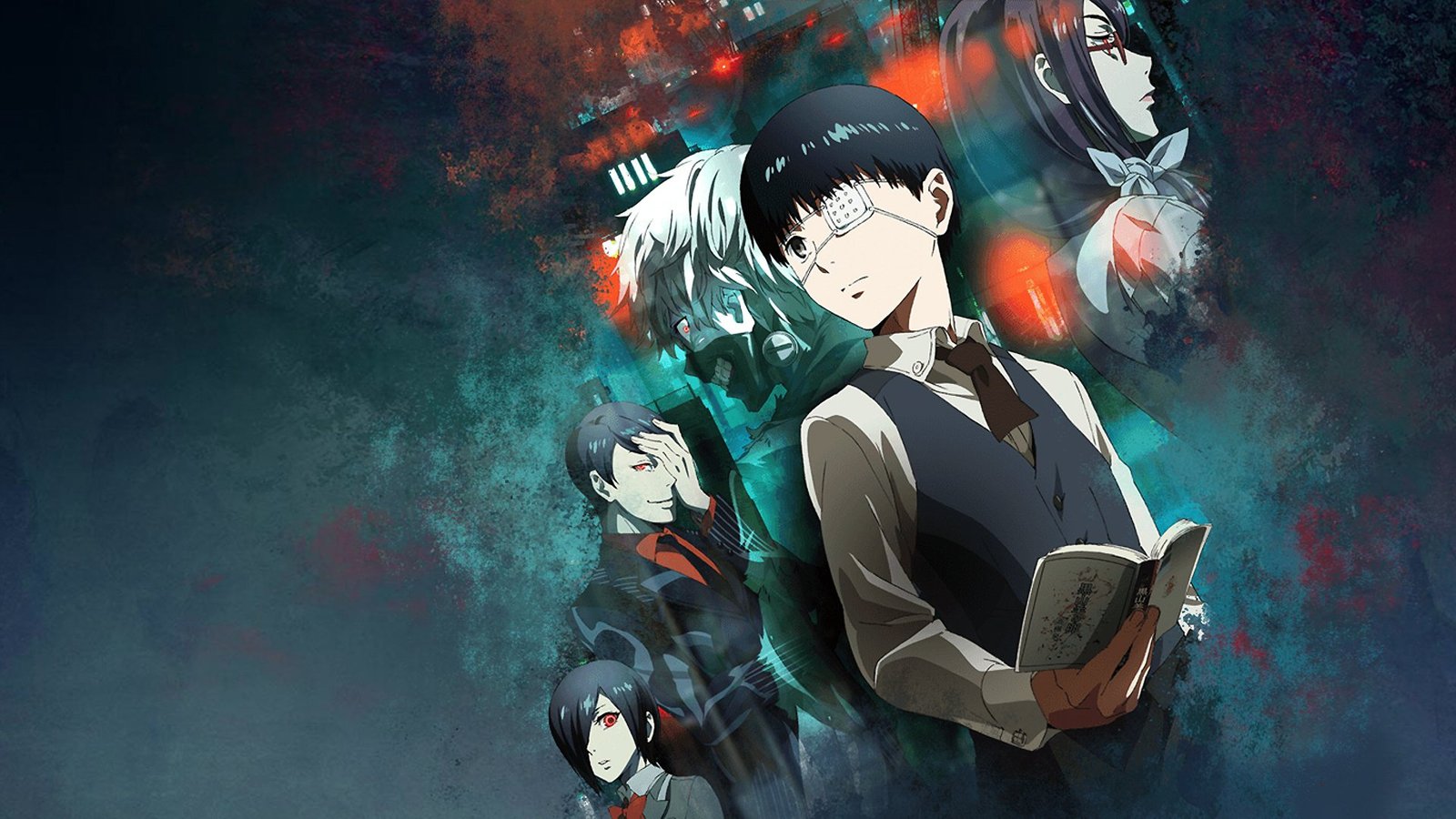Introduction: A World Where Monsters Walk Among Us
In the sprawling urban landscape of Tokyo, a chilling narrative unfolds that blurs the lines between humanity and monstrosity. Sui Ishida’s “Tokyo Ghoul” is not just another supernatural manga or anime—it’s a profound psychological exploration of identity, survival, and the thin membrane separating civilization from savage brutality.
The Premise: Transformation Beyond Imagination
Ken Kaneki, a seemingly ordinary college student, experiences a life-altering transformation that serves as the narrative’s pivotal moment. After a near-fatal encounter with Rize Kamishiro, a ghoul who attempts to devour him, Kaneki undergoes an emergency organ transplant. The twist? His donor organs come from the very ghoul who tried to kill him, fundamentally changing his biological makeup and thrusting him into a world he never knew existed.
Narrative Complexity: More Than Just a Horror Story
What sets Tokyo Ghoul apart from typical supernatural narratives is its nuanced approach to moral ambiguity. Ghouls aren’t simply mindless monsters—they’re sentient beings struggling to survive in a world that sees them as nothing more than predators. They cannot consume normal food and must feed on human flesh to survive, creating an inherent conflict that challenges viewers’ perceptions of good and evil.
Character Development: The Evolution of Ken Kaneki
Kaneki’s character arc is a masterclass in psychological transformation. From a timid, book-loving student to a complex hybrid navigating two drastically different worlds, his journey represents a metaphorical exploration of identity crisis. His internal struggle becomes a powerful allegory for marginalization, adaptation, and the human capacity to endure radical change.
Artistic Brilliance: Visual Storytelling at Its Finest
Sui Ishida’s artwork transcends traditional manga aesthetics. The stark, often monochromatic panels capture the series’ dark tone while maintaining an almost poetic visual rhythm. Fight sequences are not merely displays of supernatural combat but intricate choreographies that reveal character motivations and psychological states.
Themes of Survival and Humanity
Tokyo Ghoul delves deep into philosophical questions:
- What defines humanity?
- Can empathy exist between seemingly irreconcilable groups?
- How do marginalized communities survive systemic oppression?
These themes elevate the series from a simple supernatural narrative to a profound social commentary.
World-Building: Tokyo’s Hidden Ecosystem
The series meticulously crafts a parallel society where ghouls exist alongside humans. The Commission of Counter Ghoul (CCG), a government agency dedicated to hunting ghouls, provides a structured antagonistic force that adds layers of political complexity to the narrative.
Supporting Characters: A Rich Narrative Tapestry
Characters like Touka Kirishima, Hideyoshi Nagachika, and Uta are not mere plot devices but fully realized individuals with complex motivations. Each character’s backstory contributes to the larger narrative, creating a rich, interconnected world.
Impact and Legacy
Tokyo Ghoul has significantly influenced contemporary dark fantasy and supernatural genres. Its unique blend of psychological horror, social commentary, and compelling character development has garnered a massive global fanbase.
Manga vs. Anime: Adaptation Challenges
While the manga is widely praised for its depth and nuance, the anime adaptation faced criticism for condensing complex narratives. However, both mediums offer unique experiences that complement each other.
Recommended for:
- Dark fantasy enthusiasts
- Psychological horror fans
- Readers who enjoy complex character studies
- Those interested in exploring themes of identity and survival
FAQ: Your Burning Questions Answered
Q1: Is Tokyo Ghoul suitable for younger audiences?
A: No. Due to graphic violence, psychological intensity, and mature themes, it’s recommended for mature teenagers and adults.
Q2: How many volumes of the manga exist?
A: The original Tokyo Ghoul manga consists of 14 volumes, with a sequel series, Tokyo Ghoul:re, spanning an additional 16 volumes.
Q3: Are the anime and manga storylines different?
A: While fundamentally similar, there are notable differences in pacing and certain plot details. The manga offers a more nuanced and complete narrative.
Q4: Is the entire series available with English translation?
A: Yes, both the manga and anime have been fully translated and are widely available through various platforms.
Q5: What makes Tokyo Ghoul unique compared to other supernatural series?
A: Its profound psychological depth, morally complex characters, and sophisticated exploration of identity set it apart from typical supernatural narratives.
Conclusion: A Masterpiece of Modern Dark Fantasy
Tokyo Ghoul is more than entertainment—it’s a visceral, thought-provoking journey that challenges perceptions and invites introspection. It reminds us that monsters are often created, not born, and that the lines between humanity and savagery are far more fluid than we might imagine.
Rating: 9/10 – A Must-Experience Narrative
